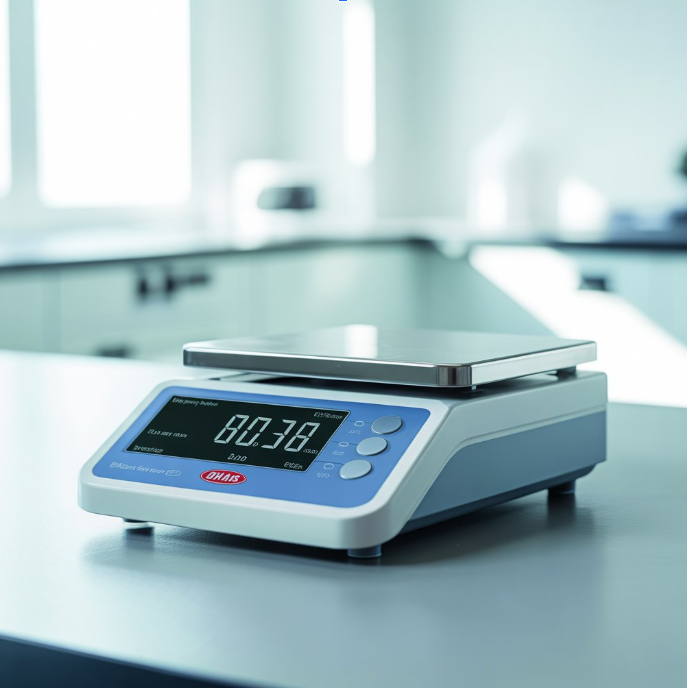User Guide to Charging Camping Batteries Fast
Charging a camping battery quickly might mean the difference between a fully charged trip and one that is fraught with frustration. Whether you’re off-grid for a weekend or on a longer trip, understanding how to optimize your charging arrangement saves time and extends battery life. Fast charging requires the proper equipment and smart approaches, not simply plugging in and hoping for the best. This book explains what you need, how to avoid key failures, and how to ensure your power system stays up to your demands. Let’s look at the best approach to charging your camping battery effectively and safely.
What Equipment Do You Need for Rapid Battery Charging?
High-Efficiency Charge Controllers
A high-efficiency charge controller is required for fast battery charging. These gadgets control the voltage and current from your solar panels or generator to the camping battery. When compared to PWM controllers, Maximum Power Point Tracking (MPPT) controllers optimize energy flow and boost charging efficiency by up to 30%. Look for units that include safety features such as overcharge protection and temperature compensation. These safeguard the battery and allow it to charge more quickly, particularly under changing conditions. Always select a controller that matches the voltage and amperage of your system to avoid bottlenecks that slow down the charging process.
Choosing the Right Cables and Connectors
Undersized or low-quality wires slow charging and waste energy through heat. Use thick, high-conductivity wires (10 AWG or thicker) for your setup. Make the length as short as possible to reduce resistance. Ensure that connectors are secure, corrosion-resistant, and suitable for outdoor use. Loose or mismatched connectors can cause voltage dips, slow charging, and potentially damage components. Taking the effort to arrange cable routes and use the right gauge guarantees that your camping battery gets the most out of your charging source while minimizing power loss.
See also: How Technology Is Redefining the Customer Experience
Smart Battery Monitors for Real-Time Data
By guaranteeing optimal charge levels, accurate data enables you to make more informed decisions and extends the life of your battery. Smart battery monitors offer critical, real-time data on the state of charge, current, and voltage, enabling you to monitor the efficiency of your charging setup and make the requisite modifications. By accurately determining the amount of power in your camping battery, you can prevent undercharging or overcharging. Additionally, these monitors can alert you to system irregularities, such as abrupt voltage dips or unanticipated drains, at an early stage.

How to Avoid Common Mistakes When Charging Off-Grid
Overcharging and Battery Damage Risks
Overcharging reduces the lifespan of your camping batteries and raises the possibility of malfunction. Unchecked, it may result in leaking, swelling, or overheating. Automatic shut-off functions on charge controllers are helpful, but human supervision is still crucial. Never go beyond the recommended voltage, and always refer to the battery’s manufacturer’s specs. Specifically, lithium batteries require careful monitoring since they are vulnerable to overcharging. Track charge levels and set high-voltage alerts with a smart monitor. Regularly checking your charging arrangement also aids in identifying any broken parts. It’s always less expensive to prevent than to replace a dead battery mid-trip.
Mismatched Components and Power Loss
One quiet killer of off-grid charging solutions is the use of mismatched components. A 24V battery will not function well with a charge controller made for 12V systems. Reduced charging speed and energy waste result from mismatched connections, wiring, or solar panels. Verify the voltage, current, and connection type of every component in your system, including the solar panels and connectors. Significant power loss might result from even minor imbalances. Examine the technical specs and, if available, compatibility charts before purchasing. A fully optimized setup ensures your Camping battery receives the maximum charge in the shortest time, keeping your gear ready whenever you need it.
Not Accounting for Weather Conditions
The efficiency of solar charging is significantly reduced under cloudy, rainy, or snowy conditions. Undercharging and power outages result from disregarding weather conditions. Prior to installing your system, check the weather forecast and position your panels to receive the most sunshine. Having a backup generator or more panels is a good idea since inconsistent sun causes slower charging. To account for variations in light levels, use a solar charge controller that has Maximum Power Point Tracking (MPPT). Battery chemistry may also be impacted by cold conditions, which might slow down the rate of charging. When the weather gets cold or hot, your camping battery will continue to operate more efficiently if you keep it in a temperature-controlled box.
Conclusion
The proper equipment, careful preparation, and regular monitoring are necessary for fast charging your camping batteries. Every element is essential to accelerating the process, from choosing the right charge controller to utilizing robust cables and intelligent monitoring. You may save time, money, and worry by avoiding typical traps like overcharging, mismatched components, and neglecting the weather. A fully charged battery provides extra power for lighting, cooking, and gadgets, whether you’re traveling across the nation or into the wilderness. To maintain your energy system functioning properly and guarantee that your outdoor excursions are fueled from beginning to end, use this guide as a checklist.






